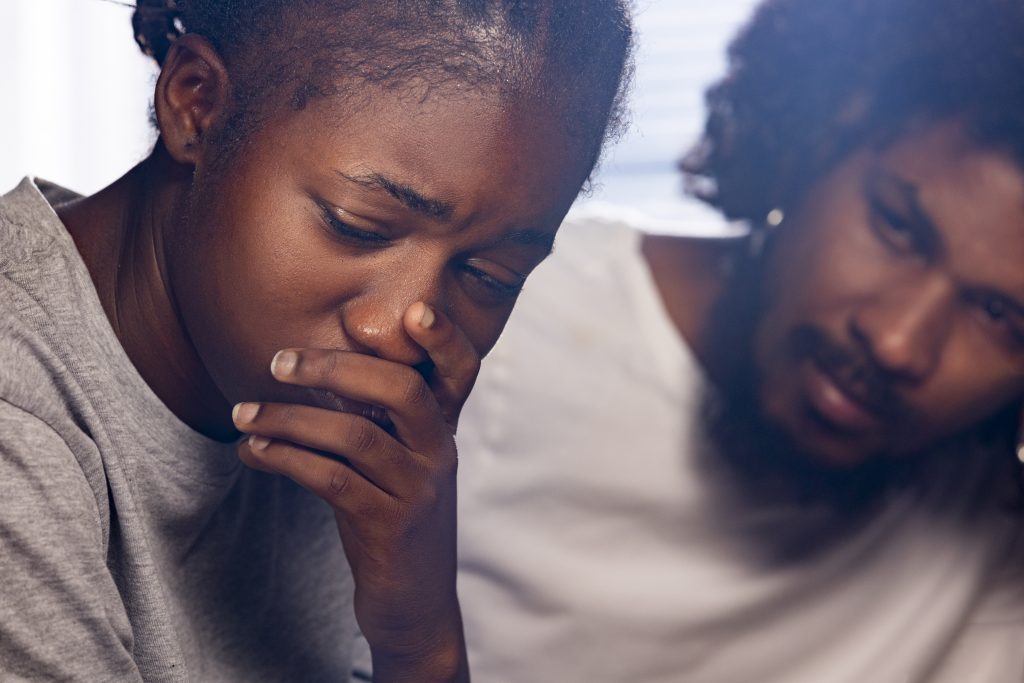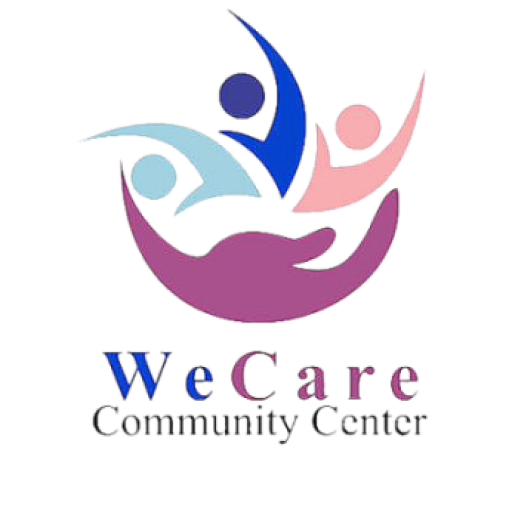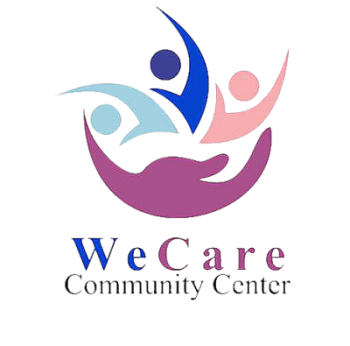- Home
- Identifying Abuse
Identifying Abuse
Am I being Abused?
Everyone is affected by the issue of domestic violence.

To understand the issue of domestic violence/abuse, we must accept that it is more than beating your wife, husband, or kid. Domestic violence can take different forms, and it is important to understand the behavior that define it. Without the understanding of what a healthy relationship is (link), it will be exceedingly difficult to identify or break the cycle of domestic violence.
What is Abuse
Domestic abuse, also known as Domestic violence, is a pattern of behaviors used by one partner to maintain power and control over another partner in an intimate relationship such as marriage, dating or cohabitation. Domestic violence/ abuse can happen to anyone, either as a victim or perpetrator regardless of tribe, age, gender, sexuality, religion, educational level, or economic status. Domestic violence/ abuse includes behaviors that cause physical harm, intimidate, manipulate, or control a partner or otherwise force them to behave in ways they do not want to.
Types of Abuse
In most domestic violence/abuse cases, multiple forms of abuse are usually present, and it is important to understand how these behaviors interact so you can know what to look for, and how to protect yourself and others. Abuse can happen in form of:
- Physical Abuse
- Emotional and verbal abuse
- Sexual Abuse
- Financial Abuse
- Social Abuse
- Spiritual Abuse
Impacts of Abuse
Being abused can cause a person:
- Depression and anxiety
- Nightmare and problems sleeping
- Migraine headaches
- Heart problems
- Asthma
- Chronic pain
- Migraine headaches
- Sexually transmitted infections (STIs), including HIV (human immunodeficiency virus)
Get Help
Recognizing abuse is the first step towards recovering from it, leaving an abusive relationship is a highly personal, individual decision, but all survivors benefit from having trusted people during this time. Since those experiencing abuse are often isolated by their abusers, it is important to know how you can protect yourself and support survivors on the path to finding safety.

